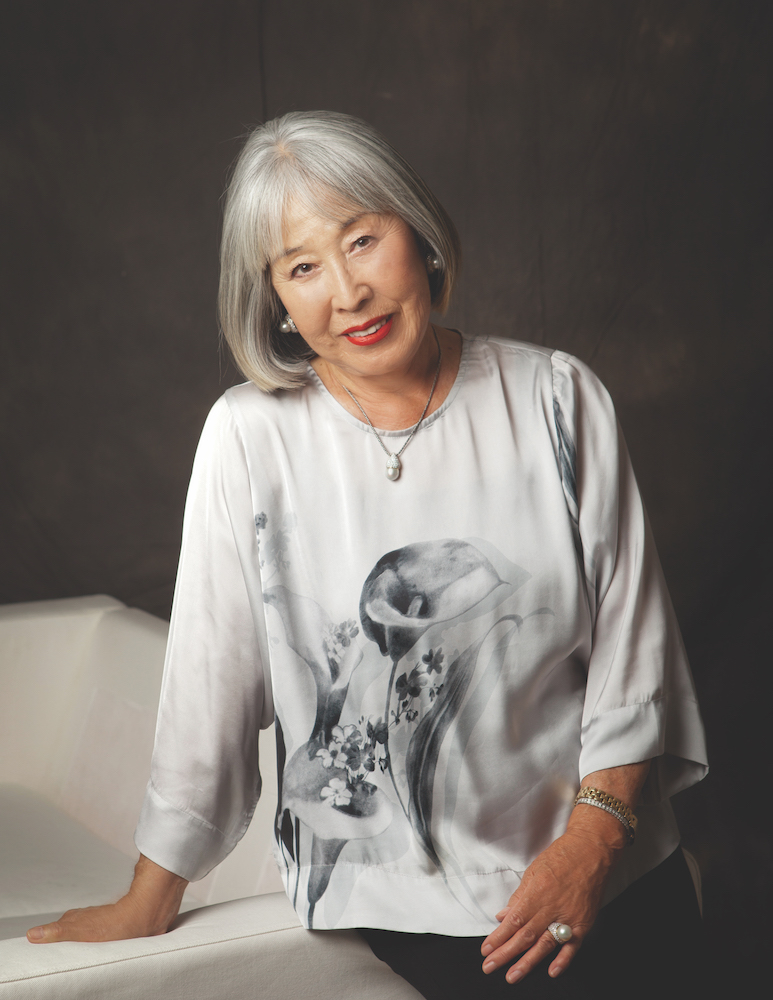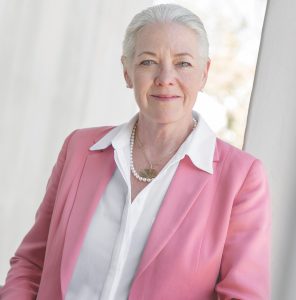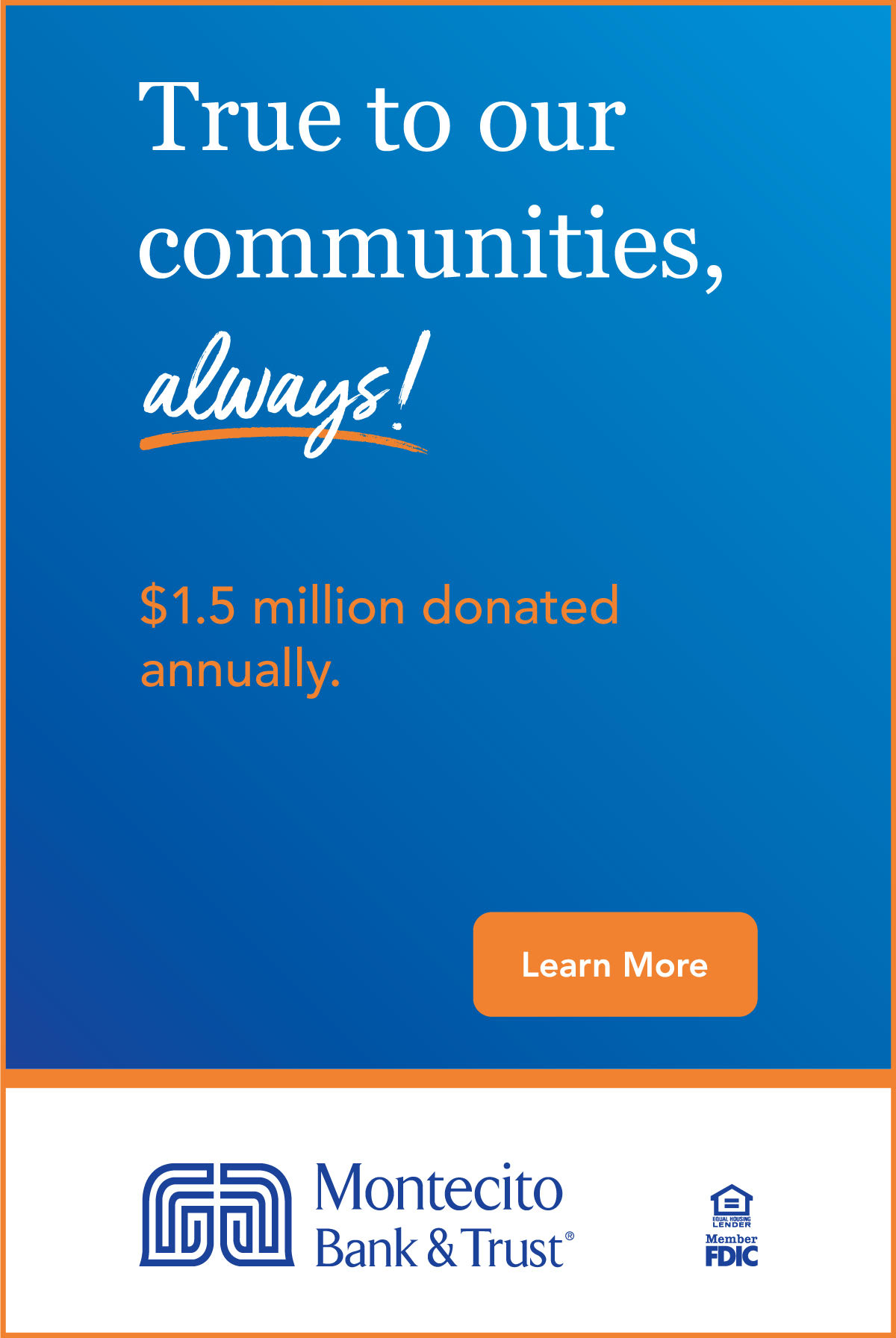For the Love of the Channel and the Life Teeming Through It

It sounds like a question my daughter would ask me: “What’s your favorite whale?”
Still, I couldn’t help myself, after all, Hiroko Benko has seen them all. Well, not quite, as there are around 90 species of cetaceans – whales, dolphins, and porpoises – swimming around the world’s oceans and not all of them can be spotted in the Santa Barbara Channel. But a heckuva lot of them can be, including Blue Whales (the world’s largest creature ever), Grays, Minke, Sperm, Humpback, Killer Whales, and a variety of dolphins. About 27 species traverse the Santa Barbara Channel, migrating between food sources and nurseries along the coast.
Benko’s seen most of them during her decades at the helm of one of the world’s premier whale-watching enterprises, the Condor Express, including a pod of 60 Blue Whales spotted gliding through the waters near Santa Cruz Island a few years back. “That was incredible. Wow,” she says, still in wonder.
Benko says that Killer Whales are “magnificent to look at.” But her favorite, if she had to pick – and she’d prefer not to – are Humpbacks. “They play with you,” she says. “I feel sometimes they are people watching.”
We’re having a midsummer Zoom chat and it says something about the company she keeps that the woman offering ad-hoc IT support for the Zoom-naïve Benko is Toni Frohoff, Ph.D., behavioral biologist and founder of TerraMar Research and POD, the Santa Barbara-based nonprofit Protect Our Dolphin Neighbors. Frohoff gets Benko set up and we diverge briefly into the low weight and high mortality of Gray Whales. “It’s been sad to see such a high mortality rate this year because of a lack of food,” Frohoff says. “We’ve been seeing a lot of anomalies, and the water temperature is changing.”
Although, with our droughts, fires, and floods, we tend to think of climate change as primarily affecting land-based habitats, it is, of course, also altering the oceans.
“Hopefully, the environmental laws, despite what’s happening politically, will improve,” Frohoff says, before leaving us to fend for ourselves technologically. Before she departs, though, Benko modestly apologizes for not being a biologist. “You don’t need to be a biologist,” Frohoff rejoins. “You’re already supporting so many biologists in the area.” And to me, she adds, “I’m not just saying this because Hiroko’s become my friend. She’s been supporting a lot of research in this area.”
Benko’s primary tool for providing this kind of support, the Condor Express, has a long tradition of doing just that. It also happens to be at the center of an epic love story with a cosmopolitan sweep to it.
It starts with Captain Fred Benko, a Santa Barbara legend of novelistic proportions. Benko was born in Ohio and grew up singing in the church choir and was apparently good enough to handle Handel, as well as belt some Bach. As it does for all Ohioans, football, the Marines, and beer interrupted this boy’s road to Carnegie Hall, though Benko did have a brief stint as a beer-hall busker before the white-collar world of pharmaceutical sales sent him down more conventional paths.
One guesses the collar never fit comfortably because Benko quit that life not long after a West Coast sales trip brought him to Santa Barbara. He decided the harbor was where he wanted to be and Benko bought a few boats and started the Channel-based sports fishing and party boat enterprise that eventually became the Condor Express.
What started with a few boats and the captain’s appreciation for the sea and the creatures in it became SFEA (Sports Fishing Expeditions Adventures) Landing. After setting up shop on the other side of the harbor past the break wall, Benko set about developing what he hoped would become the premier sports-fishing and harbor-cruising party boat. He launched the original Condor, nine months in the making, in 1979.
Benko was as much a naturalist and educator as a fisherman. He was in great demand as a lecturer for his deep knowledge of the Santa Barbara Channel’s marine life, especially the charismatic creatures that live here: dolphins, whales, sharks, and sea lions.
Though she didn’t grow up a choirboy in landlocked Ohio, Hiroko Benko’s journey to the helm of the Condor Express is just as unlikely. Hiroko hails from Osaka, Japan, and studied international relations in college. A businesswoman whose career had taken her around the world, “the Commodore,” as she would come to be known, had relocated to Los Angeles when she met her future husband while visiting friends in Santa Barbara. Hiroko and Fred were married in 1985, four months after meeting. Hiroko has lived in Santa Barbara ever since.
By then, whales had started coming back to the Channel in droves, or pods to be more accurate, after seismic oil exploration ceased in the local waters. The Benkos decided to back-burner the sports fishing ventures in favor of what was fast becoming their true passion: sharing the experience of seeing magnificent cetaceans up close. The couple dedicated the Condor to providing the West Coast’s first, and best, whale-watching experience.
They upgraded the experience for guests, the environment, and the whales in the early 2000s when the Condor Express launched. The 75-foot catamaran was designed in New Zealand and built in Bellingham, Washington, to be fast, powerful, smooth in choppy waters and as easy on the environment as four 740-hp diesel engines could be. The Condor Express can reach the Channel Islands in 45 minutes. Most importantly, though its non-propellor, waterjet engines are safe for marine life.
When Fred Benko died in 2013, Hiroko could have sold the lucrative business and rested on her laurels. Instead, she forged her own identity as “the Commodore” while honoring her late husband’s legacy and the spirit of their partnership. Benko had been mulling about what her future might hold by the time her husband passed at age 73 on March 7, a blow that was quickly followed by another.
“When he was passing away, I was planning, well, when should I retire? What should I do with the boat? Should I keep it or not?” Benko confides. “But once I saw the fire, I had no choice; I had to go ahead, take over. I don’t care how much it costs; I have to do this job.”
Benko is referring to a fire in the wheelhouse of the Condor Express that exploded just days after her husband passed. The fire steeled her resolve. At the helm of the Condor Express operations, Benko, with the support of the entire community, put the boat in drydock for repairs. An improved Condor Express resumed whale-watching tours and party cruises in the harbor just six months after the fire, much sooner than anyone expected.
Benko then took the opportunity provided by COVID shutdowns to upgrade the Condor Express to meet the Environmental Protection Agency’s Tier-3 engine standards well in advance of the agency’s deadlines, making it one of the greenest boats in California. “I promised we would be the poster boat for the Clean Air Act,” Benko says.
More recently, Benko has extended the spirit of their whale-watching excursion beyond the wake of the Condor Express and to the area at large as the co-chair of the Santa Barbara Channel Whale Heritage Site. As the co-chair, she is working to get the Channel recognized as a Whale Heritage Site. Currently there are five designated Whale Heritage Sites in the world and Santa Barbara is among a handful of official candidates vying to join the list of sites where marine life and habitats, especially whales and dolphins, are protected and celebrated.
Just getting the Channel accepted as a viable heritage-site candidate has been a more-than-year-long process. Making that grade means the heritage-site program, run by the World Cetacean Alliance and World Animal Protection organizations, recognizes the diversity of cetaceans and quality of marine life here. If the application is accepted, the benefits would extend beyond that recognition to further enhance the area’s stature as a global eco-tourism destination.
The Condor Express’s mission is a key component of the area’s candidacy, as are the Maritime Museum and the Santa Barbara Museum of Natural History. Together, along with the abundance of cetacean life in the Channel, they provide unique educational and experiential opportunities that are hard to find elsewhere.
“I hope he is proud of me from up there,” Benko says, thinking of Captain Fred and how recognition for the Channel as a Whale Heritage Site would, in many ways, be a happy ending to the love story they started writing together decades ago.


